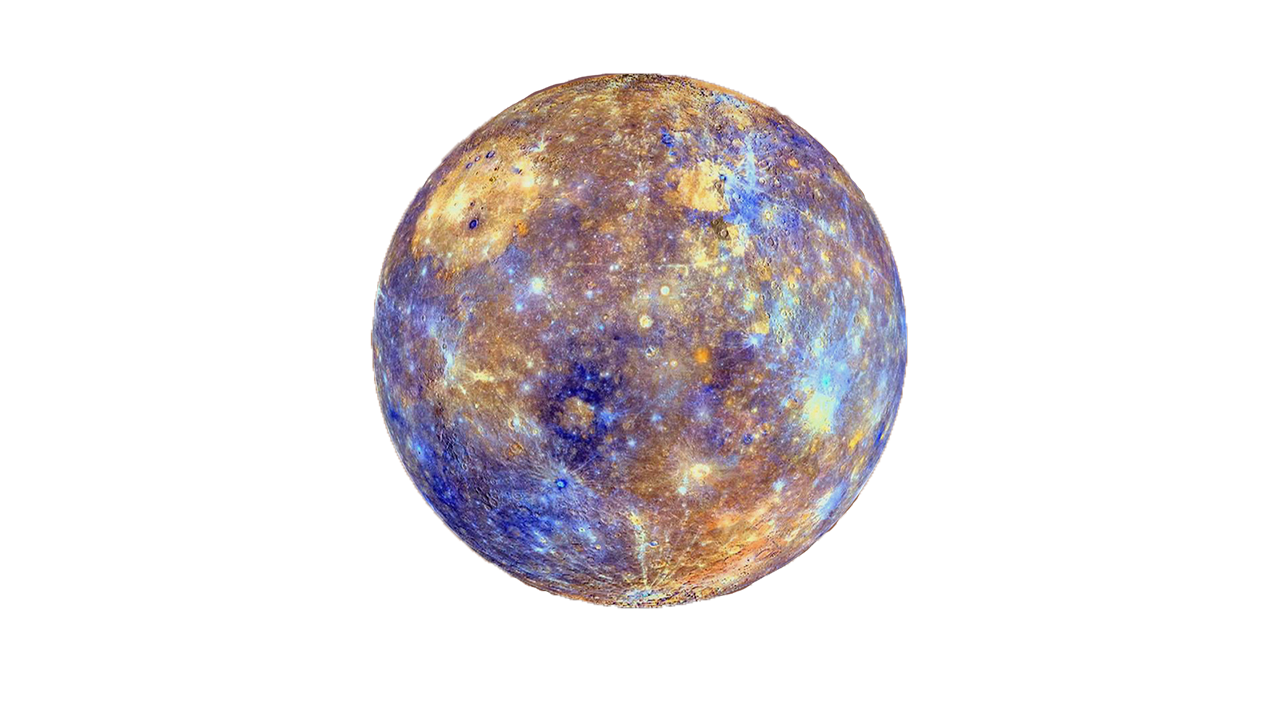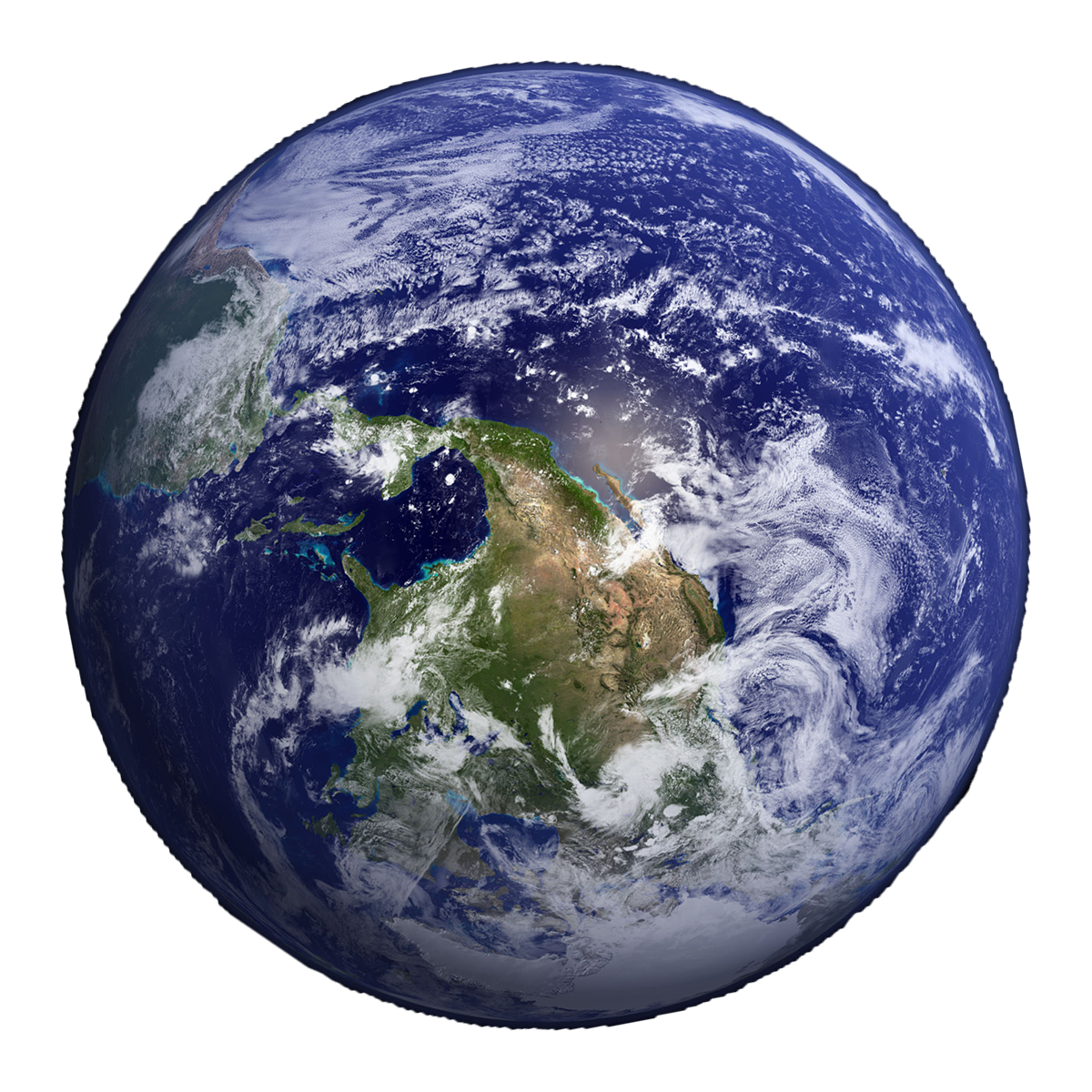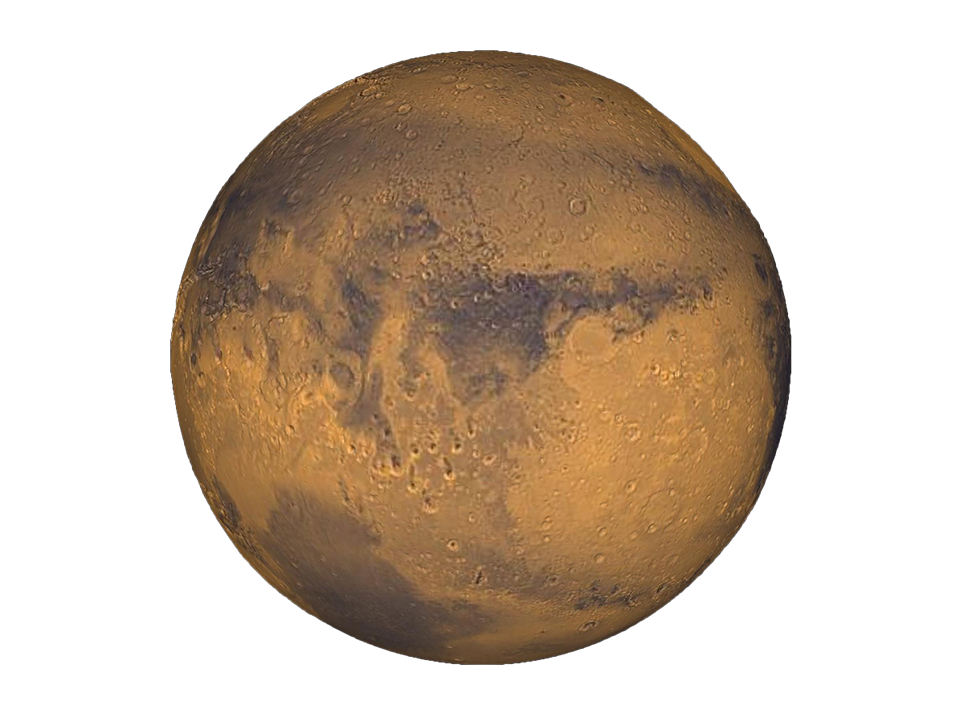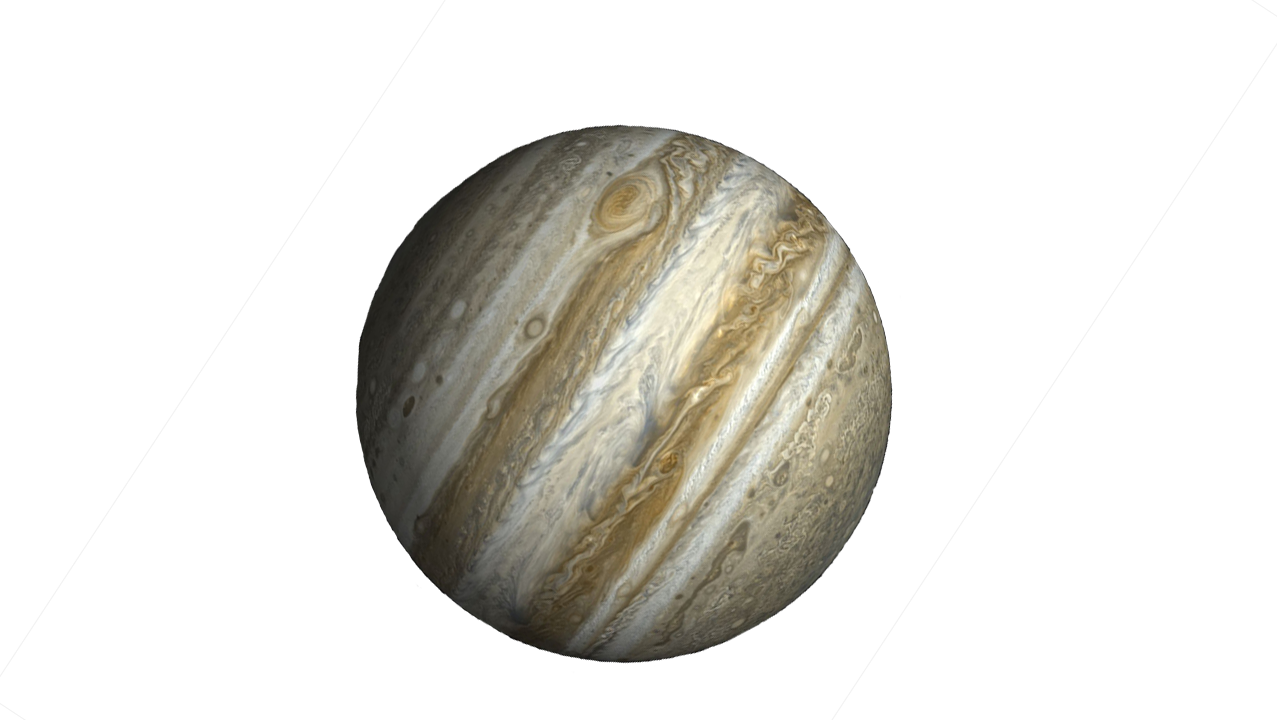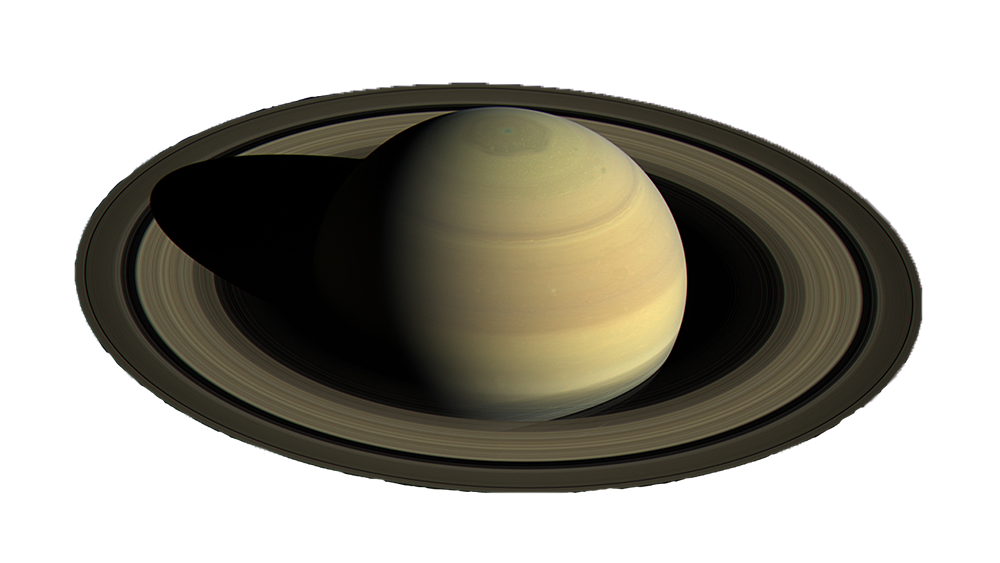Venus



Quick Facts
Planet Type
Terrestrial
Size
About the size of Earth.
Moons
Venus has no moons of it's own!
Lengh of One Year
255 Earth days
Structure
Venus is in many ways similar to Earth in its structure. It has an iron core that is approximately 2,000 miles (3,200 kilometers) in radius. Above that is a mantle made of hot rock slowly churning due to the planet's interior heat. The surface is a thin crust of rock that bulges and moves as Venus' mantle shifts and creates volcanoes.
Surface
From space, Venus is bright white because it is covered with clouds that reflect and scatter sunlight. At the surface, the rocks are different shades of grey, like rocks on Earth, but the thick atmosphere filters the sunlight so that everything would look orange if you were standing on Venus.
Venus has mountains, valleys, and tens of thousands of volcanoes. The highest mountain on Venus, Maxwell Montes, is 20,000 feet high (8.8 kilometers), similar to the highest mountain on Earth, Mount Everest. The landscape is dusty, and surface temperatures reach a scalding 880 degrees Fahrenheit (471 degrees Celsius).
It is thought that Venus was completely resurfaced by volcanic activity 300 to 500 million years ago. Venus has two large highland areas: Ishtar Terra, about the size of Australia, in the north polar region; and Aphrodite Terra, about the size of South America, straddling the equator and extending for almost 6,000 miles (10,000 kilometers).
Venus is covered in craters, but none are smaller than 0.9 to 1.2 miles (1.5 to 2 kilometers) across. Small meteoroids burn up in the dense atmosphere, so only large meteoroids reach the surface and create impact craters.
Almost all the surface features of Venus are named for noteworthy Earth women — both mythological and real. A volcanic crater is named for Sacajawea, the Native American woman who guided Lewis and Clark's exploration. A deep canyon is named for Diana, Roman goddess of the hunt.
Potiential for Life
No human has visited Venus, but the spacecraft that have been sent to the surface of Venus do not last very long there. Venus' high surface temperatures overheat electronics in spacecraft in a short time, so it seems unlikely that a person could survive for long on the Venusian surface.
There is speculation about life existing in Venus' distant past, as well as questions about the possibility of life in the top cloud layers of Venus' atmosphere, where the temperatures are less extreme.
Resource
https://solarsystem.nasa.gov/planets/venus/overview/
